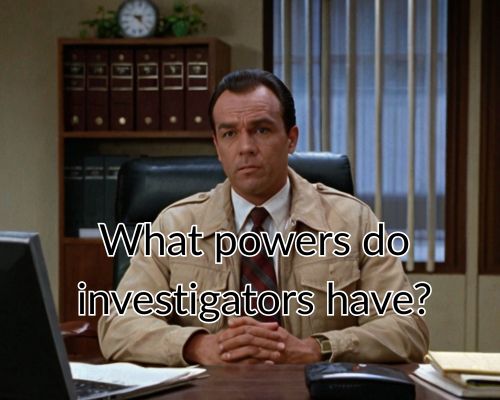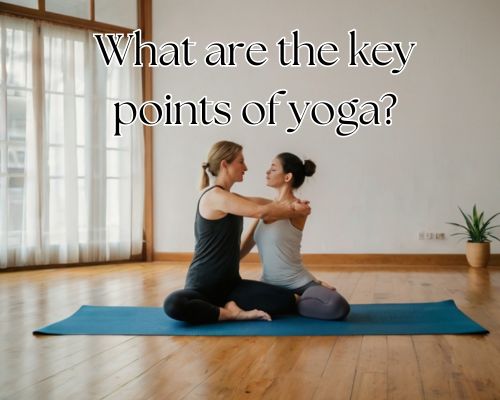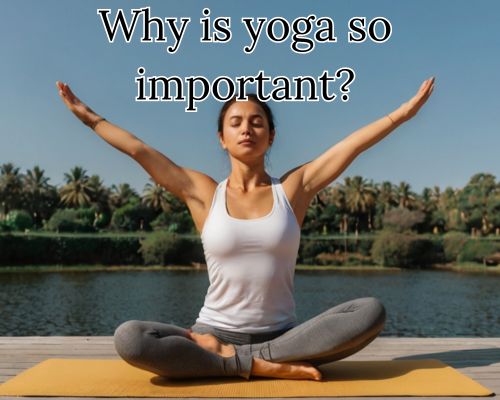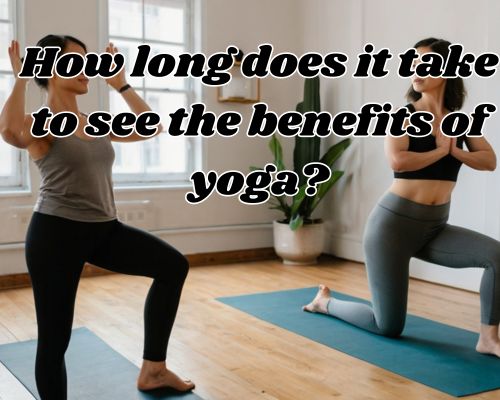Do Detectives Still Exist? Exploring Their Modern Role in West Palm Beach, Florida
In a world driven by digital forensics, facial recognition, and AI-assisted crime-solving, it’s natural to wonder: Do detectives still exist? The short answer is an emphatic yes—and their presence is more vital than ever, especially in cities like West Palm Beach, Florida, where diverse communities and growing urban development demand a continued human touch in criminal investigations.

With Ali Private Investigator Tampa, we’ll explore the contemporary role of detectives, both public and private, in West Palm Beach. We’ll look at what they do, how they differ from other law enforcement officers, and why they remain essential in today’s high-tech investigative landscape.
✅ Detectives in the Modern Era: An Evolving Yet Essential Profession
Detectives haven’t vanished into the annals of noir fiction or classic TV procedurals—they’ve evolved. In West Palm Beach, detectives operate at various levels, including the West Palm Beach Police Department (WPBPD), county sheriff’s offices, and private investigation agencies.
Their responsibilities have adapted to the complexity of modern crimes, but their core function remains the same: to solve cases. From homicide investigations and cybercrimes to insurance fraud and missing persons, detectives still serve as the analytical engine behind law enforcement efforts.
Salient entities such as the Palm Beach County Sheriff’s Office, Florida Department of Law Enforcement (FDLE), and West Palm Beach legal system are deeply interwoven with local detective activity. These professionals form the backbone of investigations in South Florida, tackling everything from gang-related crimes to real estate fraud—cases that require both fieldwork and analytical finesse.
🔍 What Do Detectives Do in West Palm Beach?
The daily tasks of a detective in West Palm Beach, FL, mirror those in other metropolitan areas but come with unique local dynamics. West Palm Beach is a thriving hub of commerce, tourism, and residential development, so detectives often work across both urban and suburban crime settings.
Some of their key tasks include:
- Interviewing witnesses and suspects
- Analyzing crime scenes and evidence
- Collaborating with forensic specialists
- Performing background checks and surveillance
- Writing detailed reports and providing court testimony
In West Palm Beach, detectives are also involved in white-collar crime investigations, given the city’s affluent communities and influx of seasonal residents. This includes investigating financial fraud, identity theft, and cybercrime—often in partnership with federal agencies like the FBI’s Miami Field Office.
🕵️♂️ Private Detectives: Still Thriving in South Florida
When asking, “Do detectives still exist?”, we must include the booming industry of private investigators (PIs). In West Palm Beach, private detectives handle civil matters that aren’t typically pursued by police, such as:
- Infidelity investigations
- Child custody disputes
- Background checks
- Insurance fraud
- Asset location
Florida’s Division of Licensing, under the Department of Agriculture and Consumer Services, oversees licensing and regulation for private investigators. This ensures that those offering investigative services in West Palm Beach are properly vetted and operate legally.
Private detectives in West Palm Beach often work alongside law firms, insurance companies, and corporations—especially in industries like real estate, finance, and elder care.
📍 Local Context: Why West Palm Beach Needs Detectives
The city of West Palm Beach is not only a cultural and economic cornerstone of Palm Beach County, but also a vibrant location with complex safety challenges. According to recent crime statistics, property crimes and certain types of fraud remain persistent issues. Detectives—both sworn law enforcement and licensed private professionals (see Ali Private Investigator Tampa)—play a pivotal role in addressing these cases.
Local areas like Downtown West Palm Beach, Northwood Village, and the South Dixie Corridor are hotspots for commercial activity, which sometimes attract criminal elements. Detectives frequently work these areas to monitor organized crime, protect business owners, and deter theft or vandalism.
In nearby Palm Beach Gardens and Lake Worth, detectives support community policing efforts, particularly related to drugs, domestic violence, and juvenile delinquency. These local links help form an integrated investigative framework across the region.
📡 Detectives and Technology: From Gut Instinct to Data-Driven Decisions
Today’s detectives are not just trench coat–wearing sleuths with magnifying glasses. In West Palm Beach, detectives leverage modern technologies such as:
- License plate recognition systems
- Cellphone data analysis
- Social media monitoring tools
- Forensic accounting software
- Facial recognition databases
However, even in this tech-heavy environment, a human detective’s intuition, empathy, and pattern recognition remain irreplaceable. Complex cases—such as cold cases, child exploitation investigations, or organized fraud rings—still require the human brain to synthesize information in ways machines can’t.
West Palm Beach detectives often undergo continuing education and certifications in both tech and human-centered investigative methods, making them adaptable assets in the crime-fighting ecosystem.
🧠 Soft Skills That Still Matter
With all this high-tech advancement, you might think detectives rely solely on computers and forensics labs. But in West Palm Beach and beyond, soft skills remain essential:
- Critical thinking
- Emotional intelligence
- Ethical decision-making
- Attention to detail
- Communication
These abilities help detectives build rapport with victims, work collaboratively with other agencies, and make sound judgments under pressure. In a diverse city like West Palm Beach—where populations range from retirees and snowbirds to immigrant communities—these human skills make all the difference.
🔎 Detectives vs. Police Officers: What’s the Difference?
While both roles exist within the broader law enforcement apparatus, detectives in West Palm Beach typically work in plain clothes and focus on investigative work, while uniformed officers handle patrol, emergency response, and public safety. Detectives may start their careers as patrol officers and transition after gaining experience and passing promotional exams.
🗣️ Community Engagement and the Detective’s Role
Modern detectives are no longer mysterious figures lurking in the shadows. In West Palm Beach, law enforcement places an emphasis on community policing and transparency. Detectives now attend public meetings, liaise with neighborhood associations, and even work with nonprofits on crime prevention.
The Crime Stoppers of Palm Beach County initiative encourages residents to submit anonymous tips—often leading to breakthroughs in ongoing investigations. Detectives depend heavily on these leads to generate actionable intelligence.
✅ Final Verdict: Detectives Are Not Just Alive—They’re Thriving
So, do detectives still exist? Absolutely. In fact, they’re more relevant than ever, especially in a dynamic city like West Palm Beach, Florida. Whether part of local police departments, county sheriff’s offices, or operating independently as licensed private investigators, detectives continue to be the unsung heroes behind countless case closures and justice efforts.
From fraud rings in gated communities to complex murder investigations downtown, the city’s safety relies heavily on their work. As technology evolves and society shifts, so too do detectives—adapting, innovating, and solving the mysteries that no algorithm can crack alone.






